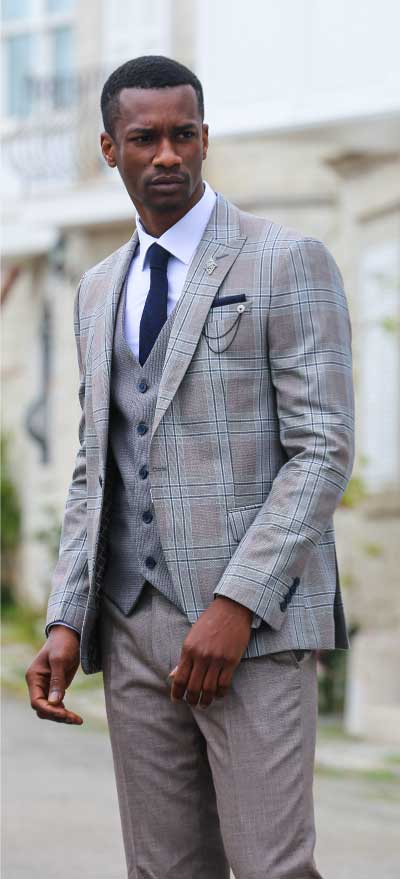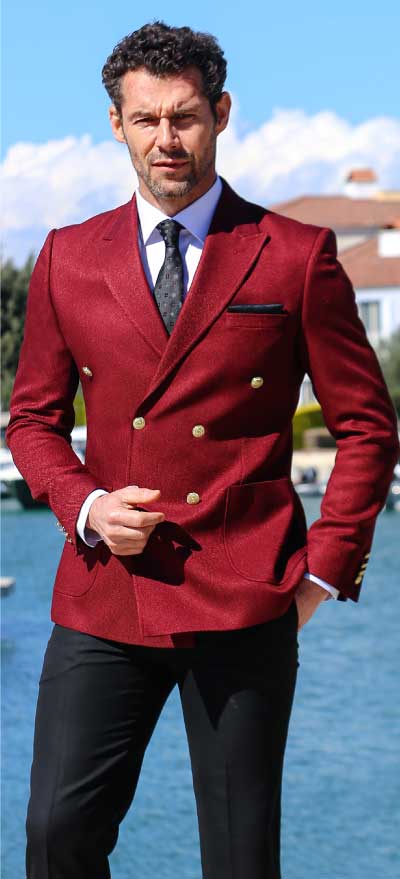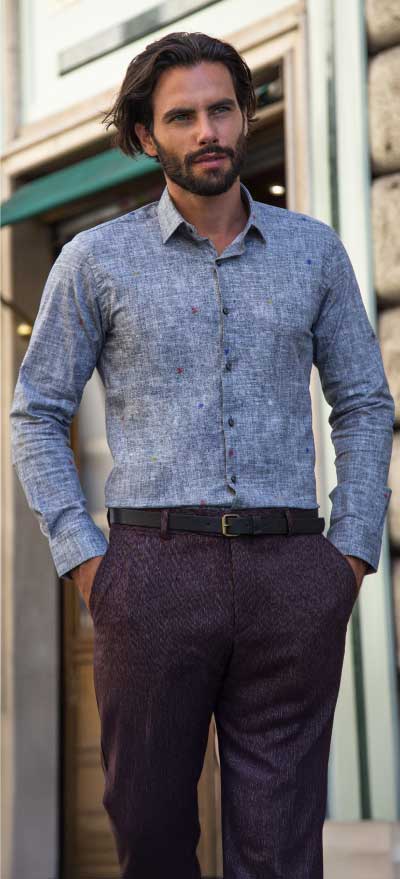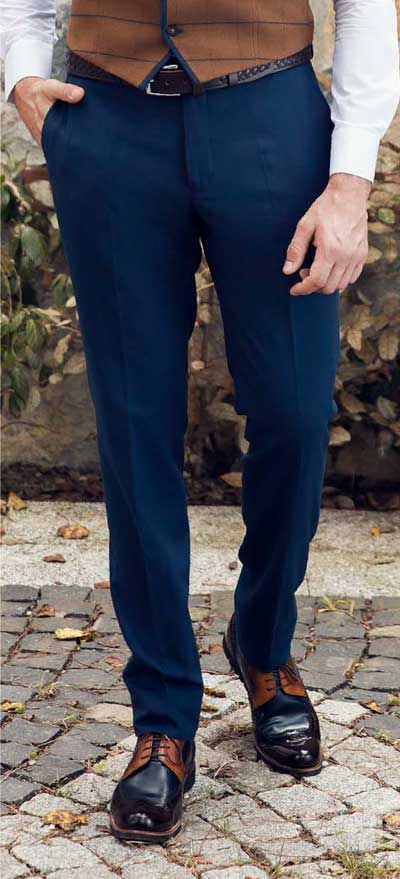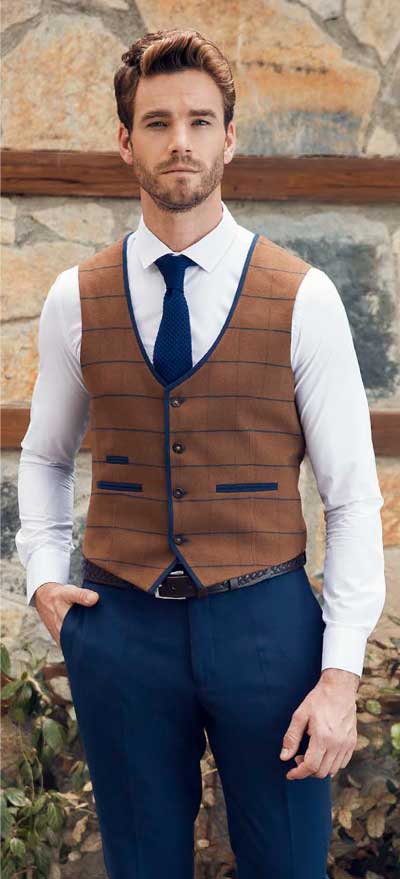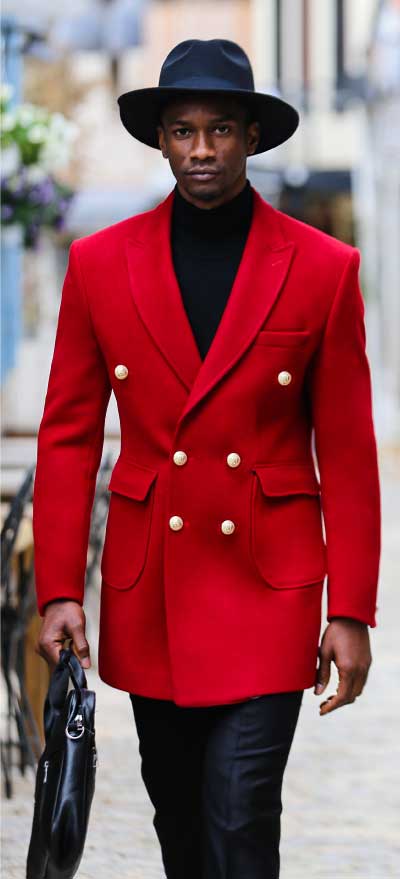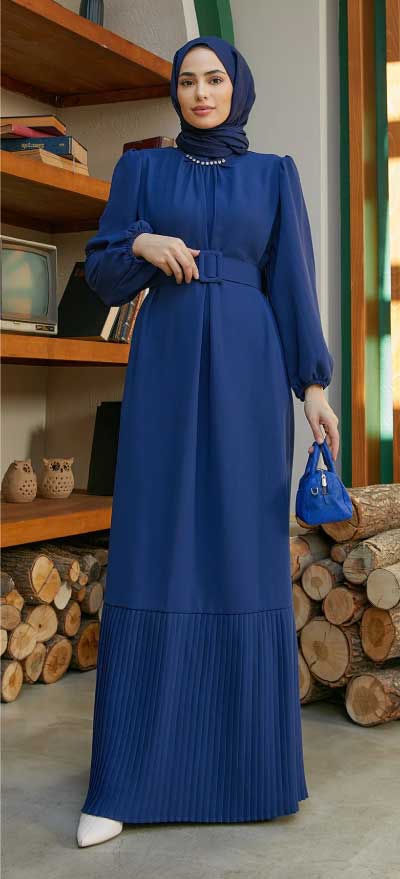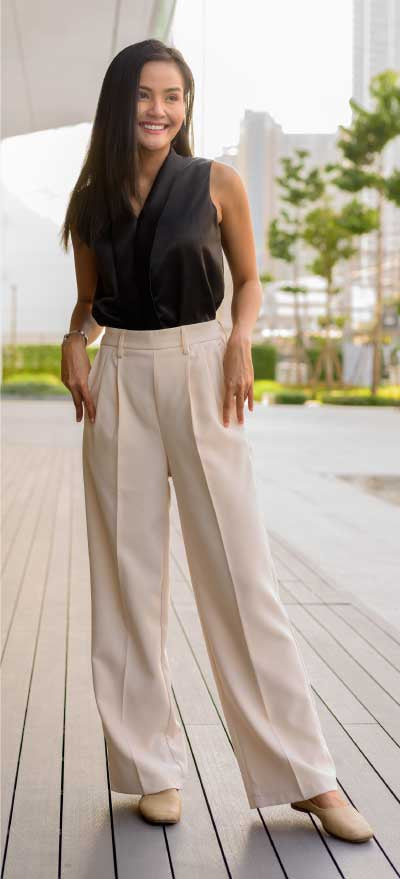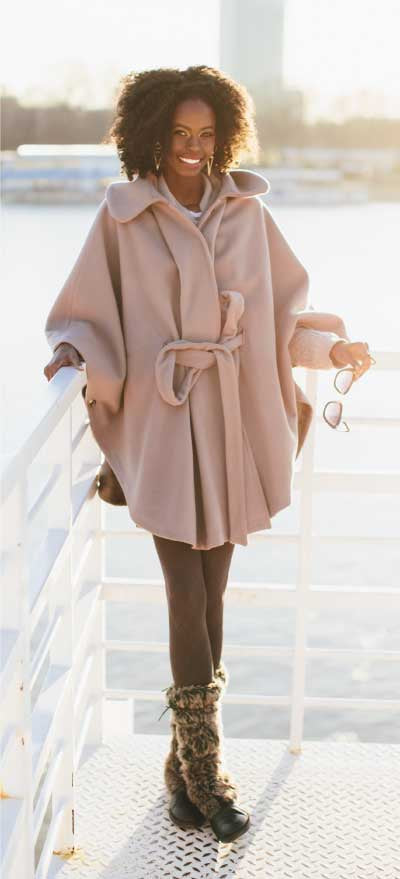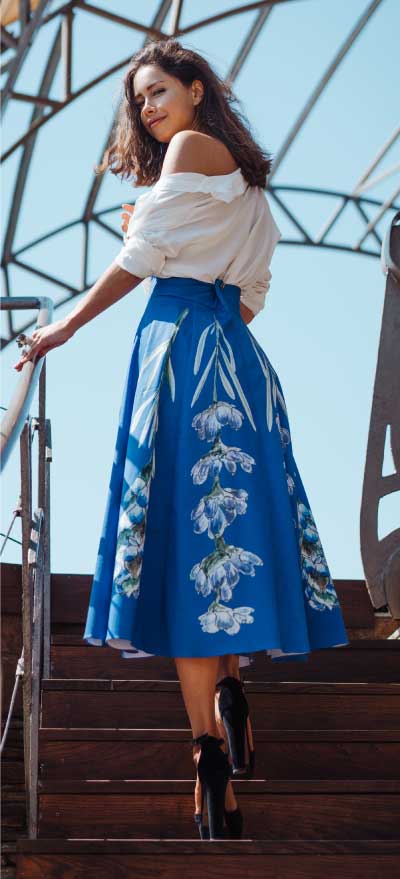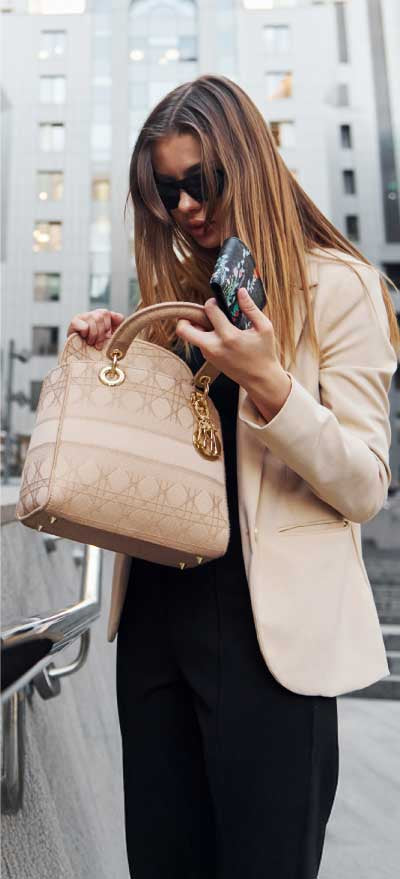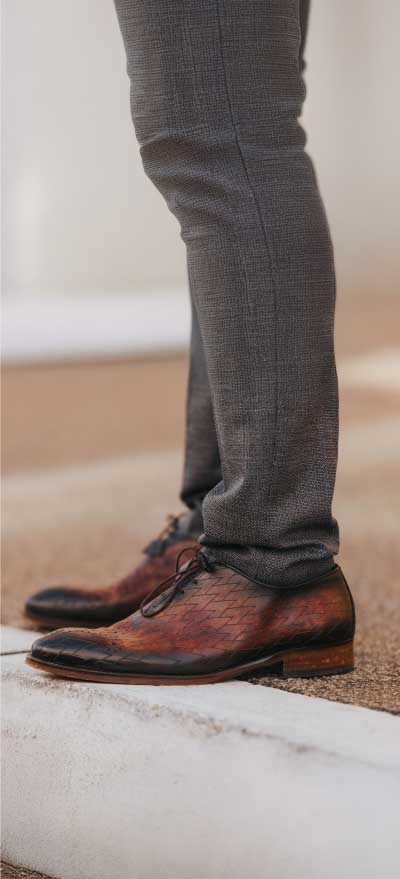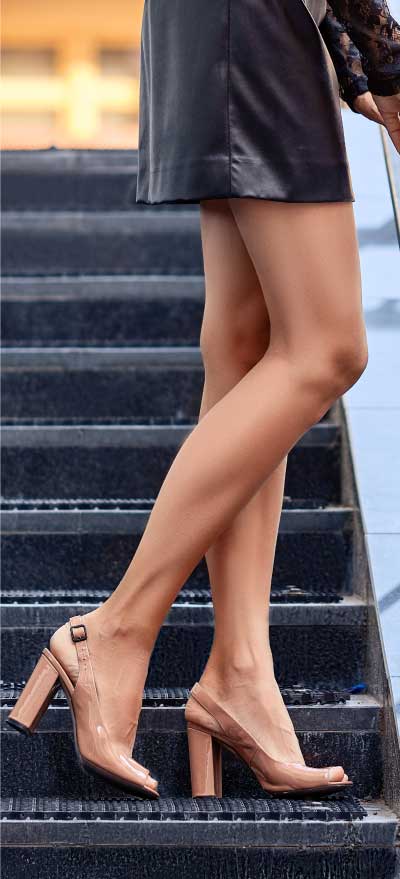Why Inclusion Matters When You Buy Wholesale Clothing
Enter the lively world of fashion, where every stitch tells a story and style has no bounds. As you engage in the exciting process of crafting your boutique's inventory through wholesale clothes, one important factor should be weaved into every fabric choice: inclusiveness.
Beyond just following trends, the heartbeat of your decisions should match the various rhythms of your possible customers. Inclusion is important not simply as a political correctness checkbox, but as a basic attitude that transforms your wholesale purchasing into a celebration of uniqueness. So, if you want to understand how to make your boutique more inclusive and why it matters, we have prepared a comprehensive guide for you. Continue reading!
Inclusion vs. Diversity
Understanding the subtle distinction between inclusion and diversity may transform your approach to wholesale clothes.
Diversity is like inviting everyone to a party and assuring a variety of styles, sizes, and backgrounds. It's the first step, but inclusion is about letting everyone feel like they belong and have a role in the fashion story. When you purchase wholesale with inclusion in mind, you're not merely carrying a varied range of things; you're creating a collection that appeals to individuals from all walks of life. It's about recognizing and honoring the distinct attributes that each individual offers to the fashion world. Inclusion converts a collection of disparities into a harmonic, fashionable symphony that embraces everyone, transforming your wholesale decisions into more than simply a commercial decision but a statement about the sort of fashion world you want to promote.
Inclusion and Your Boutique
Inclusion is the secret ingredient that transforms your boutique from a mere store into a refuge of elegance for everyone. It's not just about having a variety of goods on the racks; it's about creating an environment in which every consumer feels noticed, respected, and attended to.
When you promote inclusivity in your boutique, you're establishing a setting where everyone's fashion journey is acknowledged and celebrated, rather than merely selling a variety of sizes and styles. It's all about breaking down barriers and ensuring that your shelves reflect the variety of the world around you.
Inclusion is more than a term; it is the spirit that transforms your store into a fashion sanctuary where uniqueness reigns supreme and each consumer discovers their own interpretation of the style.
Workforce Inclusion
Promoting workforce inclusiveness necessitates a diverse and deliberate approach that goes beyond simple rhetoric. It starts with leadership's commitment to cultivating a culture that supports and encourages diversity at all levels.
Implementing inclusive hiring strategies is critical to ensure that recruiting procedures attract a diverse range of capabilities. Aside from recruitment, it is critical to build mentoring and development programs that give equitable possibilities for growth and promotion. Regular training sessions on unconscious bias and cultural sensitivity can raise team members' awareness and encourage understanding. Encouraging open channels of communication and aggressively soliciting feedback from varied perspectives can help to enrich decision-making processes.
Finally, it is a continuing endeavor to create an atmosphere in which everyone feels not just welcomed but also vital to the organization's success. Workforce inclusion should be knit into the fabric of company culture, from policy formation to day-to-day interactions, to create a workplace that lives on the strengths gained from its diversity.
Marketing and Display Inclusion
Incorporating inclusion into marketing and display tactics requires a deliberate and strategic approach to ensure that your brand connects with a broad audience. Begin by representing your target market's diversity in your marketing materials. This involves using a diverse assortment of models who reflect different nationalities, body plus sizes, and backgrounds. Consider displaying actual customer experiences and testimonials that represent your brand's welcoming character. In addition, check your advertising channels to ensure they reach a large number of people. Aside from marketing, the physical display in your business should reflect the variety of your clients. Create an environment that welcomes everyone by using inclusive images and signs.
Consider product placement and prominence to ensure that all groups feel represented and catered to. Authenticity is essential in both marketing and display—ensure that your dedication to inclusivity is not simply a token gesture but a real expression of your business values. This strategy not only broadens your client base but also develops your brand's relationship with a varied consumer group.
Fashion Product Inclusion
Begin by expanding your product offers to cover a range of sizes, fitting diverse body types and shapes, to promote fashion product inclusiveness. Collaborate with designers who appreciate the value of inclusion in fashion to ensure that your collections are appealing to a wide range of people.
To represent the diversity of your client base, include models of various races, genders, and ages in your product advertisements. Consider adopting adaptable and accessible designs to make fashion more inclusive for people of all abilities. Inclusive fashion is about more than simply the items; it's also about the message. Ensure that your marketing materials and branding express a dedication to diversity, encouraging everyone to feel a feeling of belonging.
By adopting product inclusion, you not only increase your market reach, but you also contribute to a more representative and uplifting fashion scene that embraces each individual's uniqueness.
Inclusion When Buying Wholesale Clothing
When it comes to wholesale apparel, including inclusivity is more than just a business strategy—it's a commitment to embracing the variety of your prospective client base.
Inclusive wholesale purchasing is about creating a story that appreciates and celebrates individuality, making your apparel products a statement of accessibility and acceptance for everyone.
Pay attention to things like color palettes and design components to ensure they appeal to a wide audience. Consider how models are portrayed in advertising materials, striving for a varied and inclusive depiction. By making deliberate selections during the wholesale purchasing process, you not only widen your market appeal but also help to create a more equal and representative fashion sector. Inclusion becomes more than simply a consideration; it becomes an essential component of creating a clothing line that speaks to the different identities and tastes of your prospective clients.




